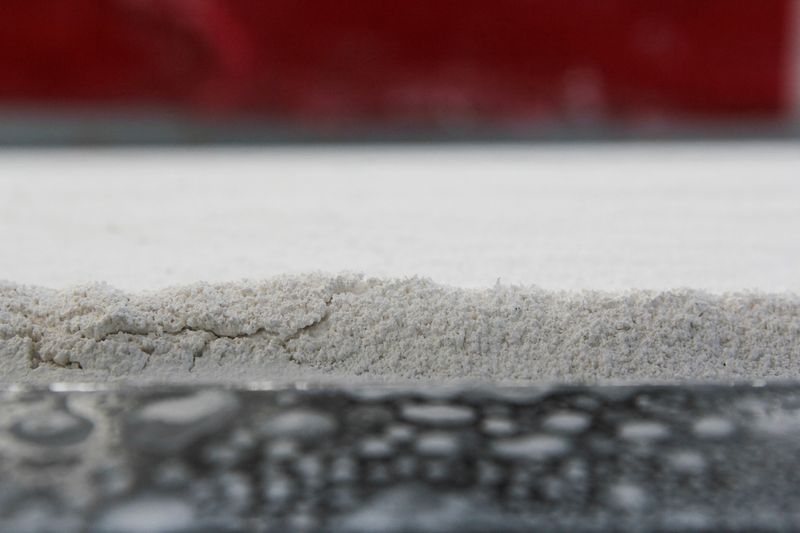LONDON (Reuters) - As the need for climate action intensifies, governments and industries are exploring how to remove carbon dioxide (CO2) from the atmosphere.
The U.S. government has offered $3.5 billion in grants to companies that will capture and permanently store the gas using a process known as Direct Air Capture (DAC).
Here's how the cutting-edge technology works, along with it potential and limitations.
HOW DOES IT WORK?
DAC technology uses chemical reactions to remove carbon dioxide from the air, which can then be stored in underground caverns or used in products or applications such as making concrete or aviation fuel.
The world's largest operating DAC plant, Climeworks' Orca plant in Iceland, can remove 4,000 tonnes of CO2 a year, which is then stored deep underground.
The U.S. programme is seeking to fund large-scale plants capable of removing a million tonnes a year.
WHAT ABOUT TREES?
Natural methods of carbon removal such as planting trees and forest management are expected to play a huge role in helping combat climate change. Doing so is relatively inexpensive, at less than $50 per ton, according to the World Resources Institute, compared to technology such as DAC, which currently costs in the high triple digits per ton.
Many scientists, however, believe technical solutions will be needed, partly due to the amount of land that would have to be taken up if all the required removals were made through using trees.
ARE THERE OTHER TYPES OF CARBON REMOVALS?
Other techniques include bioenergy with carbon capture and storage (BECCS). Through this method, electricity is produced by burning biomass like wood pellets and capturing and storing the emissions generated during the process.
Biochar is a form of charcoal produced when organic matter such as leaves, wood or straw is heated at high temperatures without oxygen, leaving a carbon rich substance that can be used as fertilizer, thereby storing the carbon in soil.
Techniques are also being developed to remove CO2 from seawater.
WHAT ABOUT CCS?
Carbon capture and storage (CCS) technology is traditionally deployed at industrial smokestacks such as fossil fuel power plants, filtering out the CO2 and storing it before it reaches the atmosphere.
Unless the CCS technology is capturing more CO2 than the industrial process is emitting at the site it would not usually be deemed a removal.
The main selling point of removals compared to CCS is that it can pull historical emissions out of the sky and store them in soils, rocks, trees, oceans, and products, moving beyond emissions reductions to permanent removal.
WHAT DO GREEN GROUPS THINK?
While most environmental activists acknowledge some carbon removals will be needed for global climate targets to be met, they are concerned companies could use carbon removal development as an excuse not to reduce their emissions by as much as possible in the first place.

Many green groups also question the use of biomass for electricity and are sceptical over technological solutions such as DAC.
Some groups are focused on the environmental justice implications of DAC, concerned that the technology gives fossil fuel companies cover to keep up production, especially in minority and low-income areas near heavy emitting facilities.